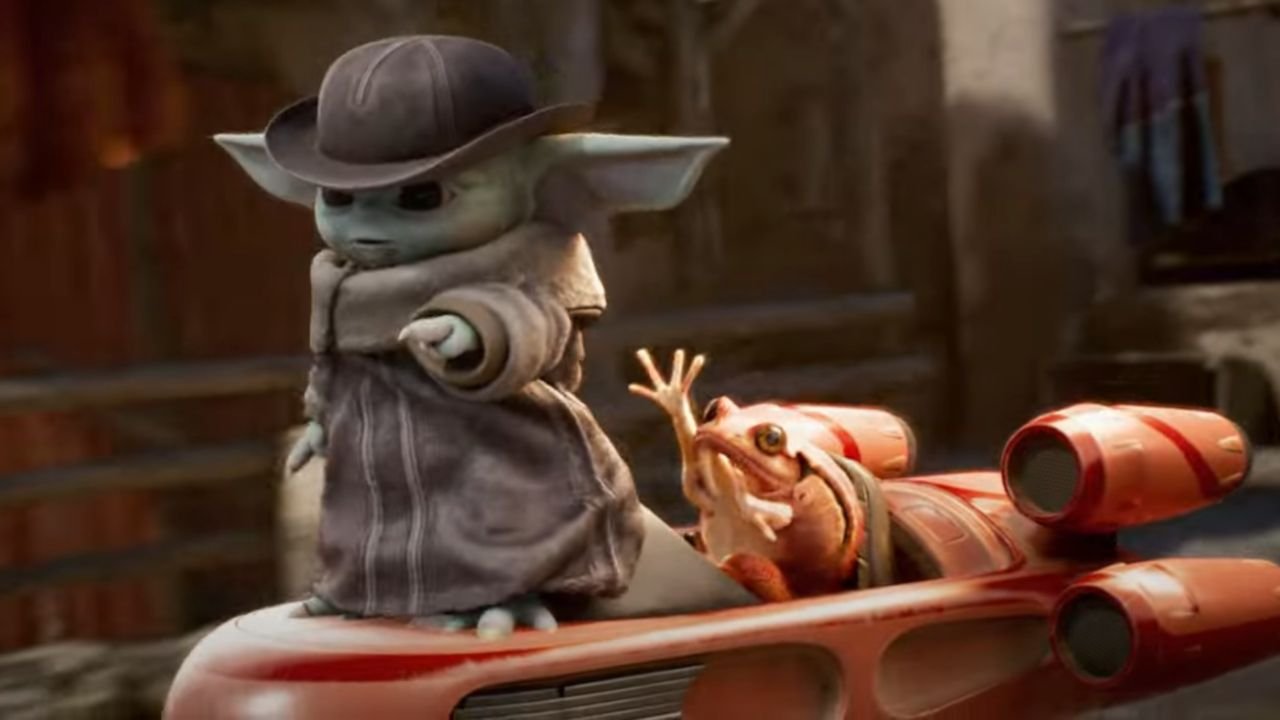In the ever-evolving landscape of pop culture, certain archetypes tend to emerge, capturing the imagination of audiences and critics alike. One such character that has recently made waves in media and literature is the “Sassy Little Brat.” The New York Times (NYT), known for its insightful cultural analysis, has notably commented on this character type, bringing to light its significance in contemporary storytelling. But what exactly is a “Sassy Little Brat,” and why has it become such a compelling figure in modern narratives?
Defining the “Sassy Little Brat”
The term “Sassy Little Brat” conjures images of a mischievous, outspoken, and often irreverent child character who isn’t afraid to speak their mind—sometimes to the dismay of those around them. This archetype has roots in a long tradition of rebellious child characters who challenge authority, often providing comic relief while also highlighting societal norms and expectations. However, the “Sassy Little Brat” stands apart due to their sharp wit, confidence, and, at times, a surprisingly mature perspective on the world.
Why NYT Took Notice
The New York Times has always been a keen observer of cultural trends, and the emergence of the “Sassy Little Brat” as a significant character trope has not gone unnoticed. In a society that increasingly values individualism and authenticity, these characters resonate with audiences who see in them a reflection of the rebellious spirit that challenges conventional wisdom. The NYT’s analysis often explores how these characters subvert traditional roles, offering a fresh perspective on childhood and the expression of identity.
Cultural Impact and Audience Appeal
The appeal of the “Sassy Little Brat” lies in their ability to disrupt the status quo. These characters often serve as a mouthpiece for the younger generation, challenging outdated ideas and norms. Their sassy demeanor, while sometimes grating to other characters, often endears them to audiences who appreciate their honesty and courage. Furthermore, these characters are frequently used to explore themes of empowerment, resilience, and the complexities of growing up in a modern world.
Character Development: From Sassy to Significant
While the “Sassy Little Brat” may start off as a comedic figure, their character arc often reveals deeper layers. The NYT has highlighted how these characters evolve, showing growth and maturity as they navigate the challenges of their world. This development not only adds depth to the character but also allows for a more nuanced exploration of the themes they represent. Through trials and tribulations, the “Sassy Little Brat” often emerges as a more rounded character, with their sassiness serving as both a defense mechanism and a tool for self-discovery.
Real-World Reflections
The “Sassy Little Brat” is not just a fictional creation; they reflect real-world attitudes and behaviors. In an era where young people are more vocal and engaged in societal issues than ever before, these characters mirror the confidence and assertiveness of today’s youth.
The Evolution of the “Sassy Little Brat” in Media
Over time, the portrayal of the “Sassy Little Brat” has evolved. Early iterations of this character type were often one-dimensional, serving primarily as comic relief. However, modern portrayals have become more complex, with writers and creators infusing these characters with depth and agency.
Conclusion: The Enduring Appeal of the “Sassy Little Brat”
In conclusion, the “Sassy Little Brat” is more than just a character trope; it is a reflection of the changing dynamics of childhood, authority, and identity in contemporary society. The New York Times’ exploration of this archetype underscores its significance in modern storytelling, highlighting its ability to resonate with audiences and provoke thoughtful reflection. As this character type continues to evolve, it will undoubtedly remain a fixture in pop culture, challenging norms and entertaining audiences with its blend of sass, wit, and insight.
FAQs
What makes a “Sassy Little Brat” character stand out?
The “Sassy Little Brat” stands out due to their sharp wit, confidence, and often surprising maturity. They challenge authority and conventional norms, offering a fresh perspective on childhood.
Why has the NYT focused on the “Sassy Little Brat”?
The NYT has focused on this character type because it reflects broader societal trends, particularly the growing emphasis on individualism, authenticity, and the voices of younger generations.
How has the portrayal of the “Sassy Little Brat” evolved?
The portrayal has evolved from a one-dimensional comic relief character to a more complex figure used to explore themes like identity, family dynamics, and societal expectations.
What is the cultural impact of the “Sassy Little Brat”?
This character type disrupts the status quo, serving as a mouthpiece for younger generations and resonating with audiences who appreciate their honesty and courage.
Can the “Sassy Little Brat” be seen in real life?
Yes, these characters often reflect real-world attitudes and behaviors, particularly the confidence and assertiveness of today’s youth who are more vocal about societal issues.
What themes are explored through the “Sassy Little Brat”?
Themes such as empowerment, resilience, identity, and the complexities of growing up are often explored through the character arc of the “Sassy Little Brat.”




